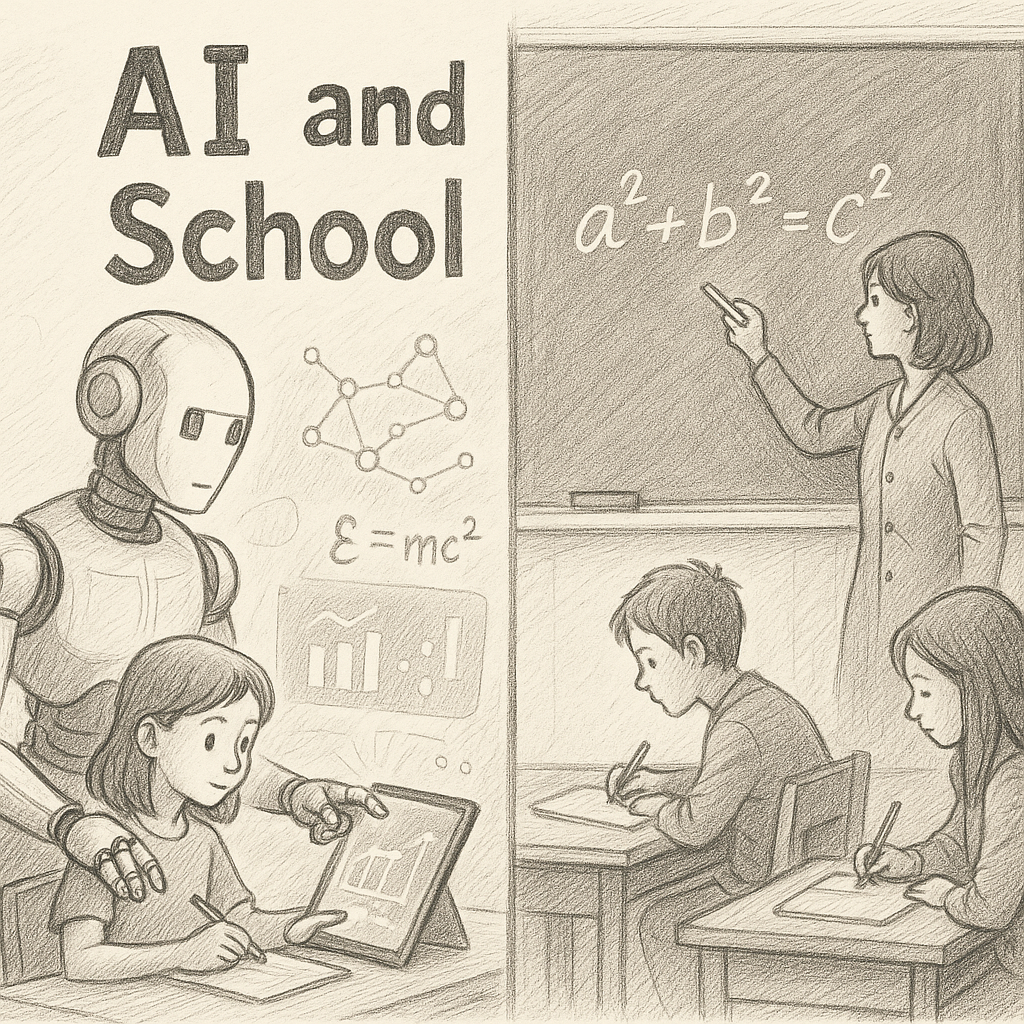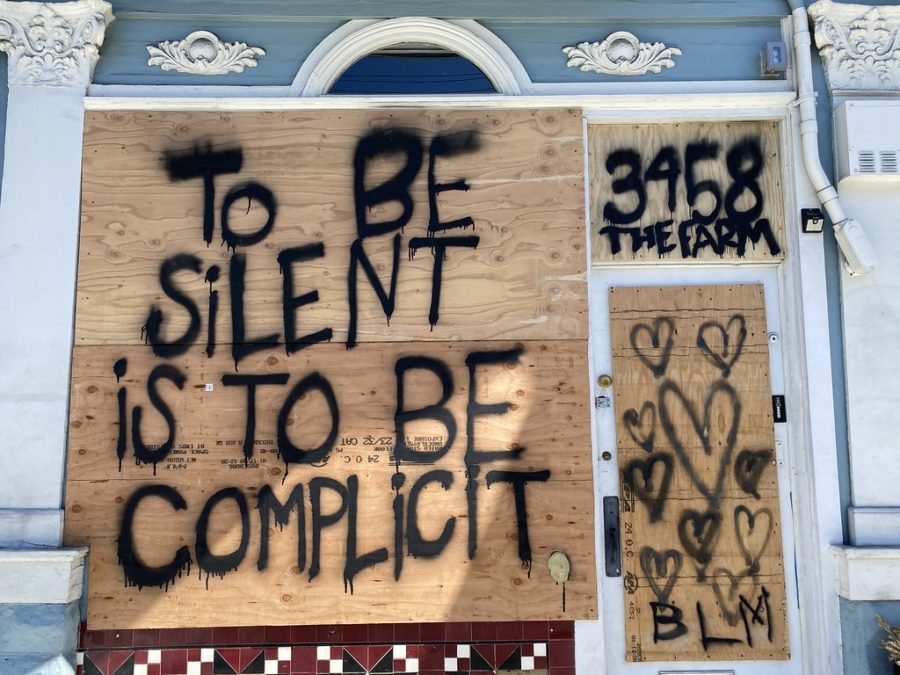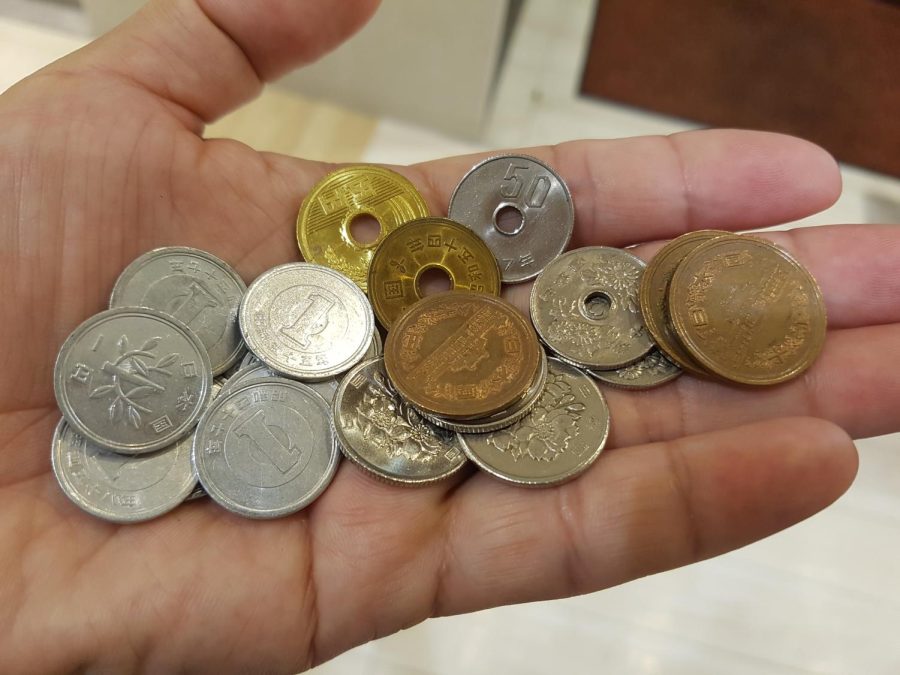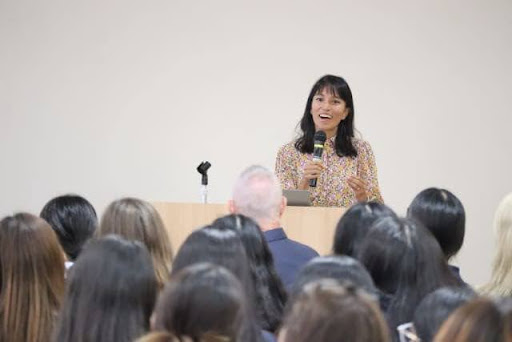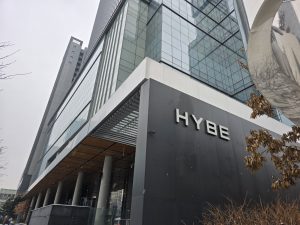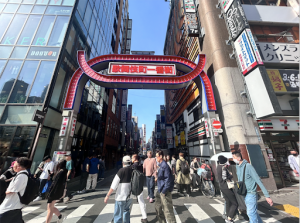AI art could be the end of human artists
February 1, 2023
A few days after the famous illustrator and comics artist Kim Jung Gi passed away, a French game developer known as 5you on Twitter trained an AI model that allows the user to recreate artwork with his style with a simple text prompt. Even though the Twitter user stated that the purpose of the model was an homage to the artist, the tweet received a huge amount of backlash from the Japanese animation fandom and the East Asian digital art community on Twitter. In response to the backlash, 5you states in an interview with Rest of World: “I think they fear that they’re training for something they won’t ever be able to live off because they’re going to be replaced by AI.”

A similar incident regarding AI-generated art took place a month ago on the other side of the world. An AI-generated artwork titled Théâtre D’opéra Spatial won first place at the 2022 Colorado State Fair Fine Art Show. Jason Allen, the ‘creator’ of the AI artwork, revealed that he had created the award-winning piece using MidJourney, an artificial intelligence program where users can create images by inserting text descriptions. The controversial piece started a heated discussion on the ethics and capabilities of AI, especially since Allen’s AI was skilled enough to fool human judges. This alone should raise the concern, but artificial intelligence-generated art is becoming a significant threat to the lives of artists—stealing the works of artists, negatively affecting the public perception of digital art, and replacing hard-working human artists in the long term.
AI-generated images started circulating on the internet since Google’s pattern-finding software DeepDream emerged. The GAN(generative adversarial network) model that is most widely used in AI art nowadays was first developed in 2014. Unlike DeepDream, which only produced repetitious images, GANs were able to create new images. Like many AI-generated works, AI-generated art goes through two processes. The first process is where the AI creates the artwork based on the inserted text by the user. The second process analyzes the generated image using reference images from the database. Here, the AI measures how accurate the image is compared to the reference image and sends an accuracy score back to the first AI system. As the process repeats, the generated image becomes more accurate to what the user intended to create. While there are many different generation methods, all AI generators utilize pre-existing data to transform or blend different images to create the final output.
The universal popularity of AI-generated art is a relatively recent phenomenon. According to OpenAI’s official website, DALL.E, one of the biggest AI generator sites that first launched in April 2022, has more than 1.5 million users creating over two million images a day. Hundreds of AI-generated art websites accessible through the internet now allow users to mass-produce images in certain styles with a few words.
So what’s the problem with quick, mass-produced AI art? The first problem concerning AI art is authorship and ownership issues. All artificial intelligence programs use a large database of existing artwork on the internet to spot patterns and create artwork. Without the initial database, the generator is not able to produce anything. According to a tool called Have I Been Trained, built by the artist collective Spawning, over 5.8 billion images were used to train Stable Diffusion. This tool helps artists to search if their artwork was used to train the AI. Among 5.8 billion artworks and thousands of artists that were exploited for the database, not a single one of them was notified in advance. When Carolyn Henderson mailed Stability.AI to remove her husband Steve Henderson’s work from the database, her request was “neither acknowledged nor answered,” according to MIT Technology Review.
The company behind Stable Diffusion, Stability.AI, stated that they are willing to accept artists’ requests to opt-out of the database, but does this make a difference? In an interview with the Guardian, Karla Ortiz, an illustrator and board member of the Concept Art Association(CAA), states, “It’s like someone who already robbed you saying, ‘Do you want to opt-out of me robbing you?”
In addition, ‘opting out’ of the database is not as simple as it sounds. Ortiz states that the AI model can not “unlearn” what it has already inserted into its database. This means that there is no way of making sure that an artist’s artwork has been successfully deleted from the data. Moreover, another feature of the generator Stable Diffusion that caused controversy was the function that allowed users to completely duplicate a current working artist’s style with text input. RJ Palmer, a concept artist on Twitter, states that this model is “actively anti-artist” and that it is unacceptable that the model tried to imitate the artist’s signature on the generated artwork. The issue with AI-generated art is that users can recreate an artist’s art style without putting in much effort. Traditionally, even plagiarism required a certain amount of artistic skill because if one wanted to copy another artist’s work, one had to do it by hand. However, AI programs allow people to copy and claim ownership of art without any skill. An incident that took place two months ago shocked internet users with how easy the appropriation of art has become. A viewer screenshotted an unfinished artwork of an artist who goes by @ato1004fd on twitch, completed the artwork through Noble.AI, and uploaded it on Twitter as if they were the original artist. Art plagiarism will happen more frequently with the use of AI art. With no regulations regarding plagiarism via AI art so far, artists are completely susceptible to such incidents. Even worse, AI companies might even take advantage of the works of artists. The CAA states that the UK legislation might allow gaining commercial profit by selling AI-generated images made from copyrighted creative works. The spread of AI-generated art is extremely discouraging towards artists in the field as well as aspiring artists and might even bring a slow death to the art industry in the long term.
AI-generated art will also replace a large number of commercial artists in the future. In a recent interview with Forbes magazine, Professor of Art and comic book artist Carson Grubaugh states, “Concept artists, character designers, backgrounds, all that stuff is gone. As soon as the creative director realizes they don’t need to pay people to produce that kind of work, it will be like what happened to darkroom techs when Photoshop landed, but on a much larger scale.” While some might argue that the individualistic message that is contained in artworks made by humans can not be replaced by artificial intelligence, the truth is that a large portion of the art community, especially digital, is not fine artists. Concept artists and commercial artists create visual designs for animations, advertisements, and video games, and their sole purpose is to create an aesthetically appealing scene for their viewers. Yes, their jobs do require some creativity. However, an important part of their designs is technical skill (drawing realistically, choosing the right colors, knowing how to use composition for balance and unity), and this part is easily replaceable using AI generators.
Artificial intelligence is advancing in a direction that allows them to be more creative, which was thought to be a unique trait of humans. Marcus du Sautoy, an Oxford University mathematician, states that GANs almost replicate “transformational” creativity, which is “creating something in an entirely novel style.” While there are debates on how to define creativity, studies show that humans aren’t even able to tell the difference between AI art and human art. A group of researchers at Rutgers’ Art and AI Lab created AICAN, an artificial intelligence that uses the GANs model. They showed subjects a set of images, a random mix between the artwork created by AICAN and works from Art Basel 2016 (the flagship art fair in contemporary art). Then they asked the participants if they could distinguish between human-made and AI-produced artworks. The results were shocking; 85% of the participants could not tell the difference between the abstract expressionist drawings created by humans and AICAN, and some even described the generated images as “intentional,” “having the visual structure,” and “communicative.” The main interests of companies are profit. If AI models and human artists have the same level of technical skill and creativity, but AI could produce artwork at a faster rate and a much lower price, no company would want to use extra money to hire a human employee for work that could be done by robots.

One common point made by people who believe that AI art can be helpful to human artists is that artists can use AI art as a supplement to help themselves finish work faster, and the reduced time can be spent on more creative work. However, even if artists are able to use AI-generated art as a supplement, this itself is a huge burden to digital artists as it increases the amount of technical skillset they must master. Eben Schumacher, an experienced professional digital artist, states, “Already, art directors expect concept artists to be competent in a variety of digital software, including Photoshop, Blender, Zbrush, and more. And they expect smaller turnaround times to meet the demands for huge film and game titles.” Artists will have to prove that they are capable of using AI as a tool, and if they cannot, they will have to face more competition in getting a job. Also, if artists solely become the source of creativity and leave the technical part of art to AI, can they even be considered artists at this point? Most artists did not spend years in art school to become “promptists” for AI art; the creating part of art should be an essential part of their job. One way or another, AI art threatens the employment of artists. This may seem like a natural transition with the development of technology to some people, but the fact that a large number of artists will lose their jobs in the process does not change.
The rise of AI art will negatively impact artists in the long term by decreasing the value of art in the long term. Digital artists are already undervalued and underpaid. The transition from traditional to digital art has already given the general public the impression that digital art is replicable and easier to create. Digital art is valued much less than traditional art by the general public because while many people have tried traditional art for themselves, not a lot of people have tried digital which makes them assume that digital art takes less skill. Just because it is possible to undo a brushstroke does not mean that digital artwork can be produced by clicking a few buttons— digital artists on Reddit and quora replied that it takes a minimum of two hours to a maximum of twenty hours to finish a piece. On top of that, AI art gives an impression to non-artists that digital art does not take as much effort and time to create. The biggest AI art generator site, NightCafe, produces artwork in less than a minute that would usually take an artist hours to finish. As this would become the first impression of creating digital art for most people, they would quickly assume that hand-drawn digital art would be as easy as using the generator. This undermines the artists’ efforts in artwork as it causes users to equate human artists to robot artists, seeing them as production machines. This will likely bring down the income of digital artists in the long run, along with the skyrocketing number of digital images generated from AI on the internet.
The growing NFT market that actively utilizes AI technology in art also contributes to the decline of art. According to the Europe NFT Market Intelligence and Future Growth Dynamics Databook Q2 2022, the “NFT industry is expected to grow steadily over the forecast period, recording a CAGR of 33.4% during 2022-2028”. The buying and selling of artwork on the NFT market are mostly around massed produced art, where a number of assets are put into an AI randomizer to create “original” works of art. The growth of the NFT market and mass-produced art caused by the development of AI art generators means that there would be less and less focus on human creativity and the individuality of digital art.
One common misconception is that the value of art created by human artists will rise when AI art becomes the norm. This may be true for some forms of art, such as paintings or sculptures, where the individualistic touches of the artists are valued, or for a very small population of digital artists that have name value in the market. However, this is not the case for the majority of digital art, where the most important factors that people consider when purchasing art are how visually appealing it is and how reasonable the price is. For decorative digital art, people do not care about the artist’s message or meaning behind the artwork. According to these standards, AI-generated art is in higher demand than human-made art. Moreover, according to a report by BFAMFAPhD, there are two million arts graduates, which means that it is highly unlikely that human art will become so rare that it will rise in value. As the value of digital art would likely drop significantly due to the prevalence of AI art, many artists would struggle to make a living out of creating art.
Ten years ago, we couldn’t have imagined a machine artist that is capable of generating thousands of stunning images that even arouse human emotion. However, technology is developing faster than ever. Artificial intelligence art generators will continue to become better at replicating human creativity and excel humans in efficiency and cost—all through exploiting the artworks of human artists in their database. As the famous physicist Stephen Hawking once stated, “Success in creating AI would be the biggest event in human history. Unfortunately, it might also be the last unless we learn how to avoid the risks.” In order to adapt to the quickly changing world and protect artists from unemployment, we must be able to recognize the potential harms of AI-generated art and make regulations before the influence of AI becomes unmanageable.





